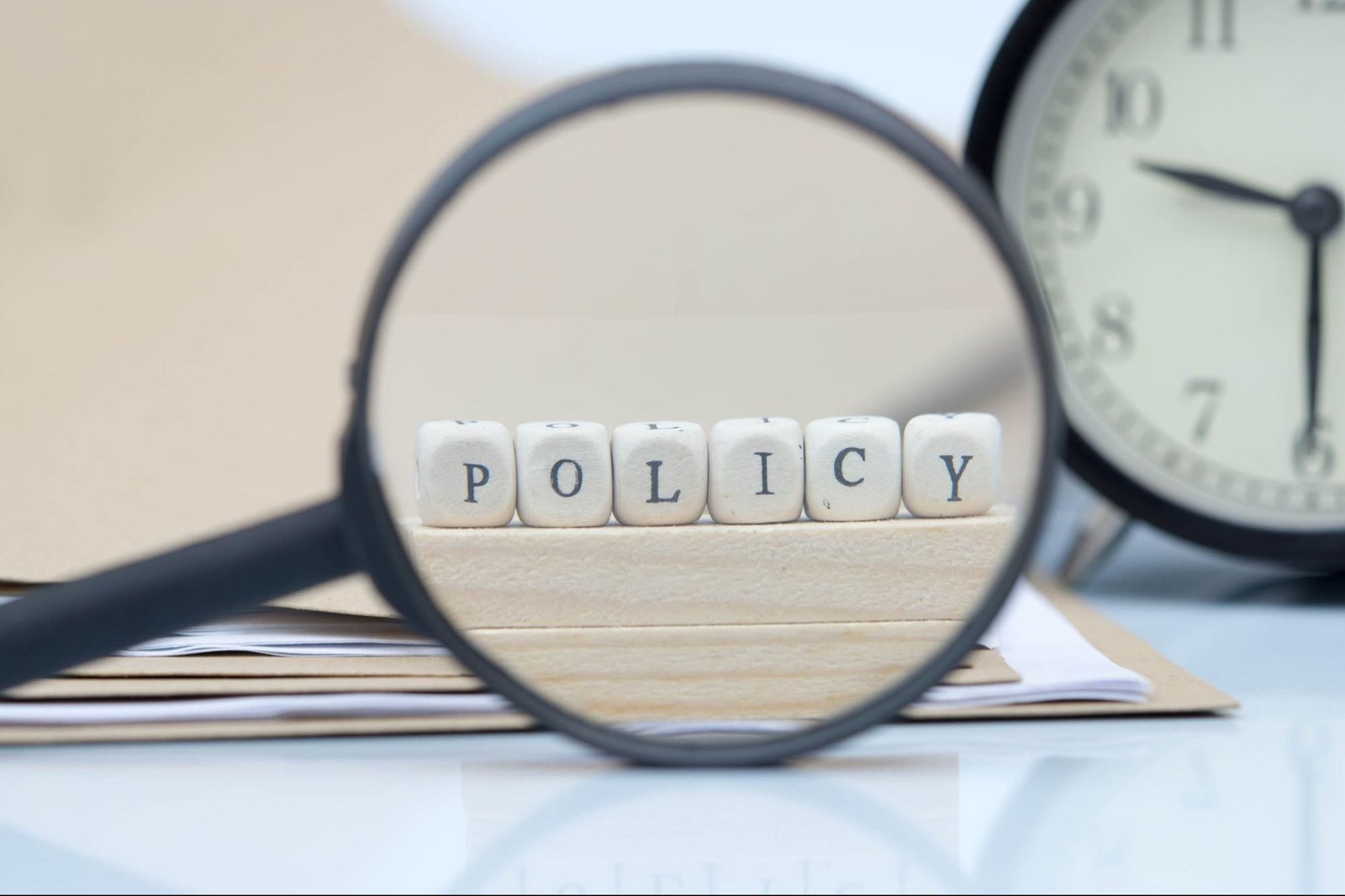Opinions expressed by Entrepreneur contributors are their own.
You’re reading Entrepreneur United Kingdom, an international franchise of Entrepreneur Media.
Why are you selling?
When you’re in a job interview, one of the first things people ask is: Why do you want to leave your current company? And you had better have a good answer; otherwise, how are they going to trust you? When you’re selling your business, buyers aren’t just looking at your numbers; they’re reading between the lines, sizing you up, trying to get a read on how real this opportunity is. If you can’t explain why you’re selling, alarm bells start to ring. Is the market changing? Are the customers disappearing? Are the margins collapsing? It’s unlikely someone running a thriving business will call it a day because they’ve “had enough.” That tends to happen when the company is failing, and its founders are tired of living on the breadline. Your reason must make sense both emotionally and financially. In other words, it’s got to be compelling. Age, health, or opportunity, these are compelling.
Maybe you’re in your 70s and you want to spend your twilight years touring the world with the love of your life. Perhaps your health is failing, and you’re worried the next office plant might just outlive you. Or it could be that you’ve taken things as far as your finances, industry, geography, or ability will let you. When we sold City Cruises, I was approaching my 70s. I knew I didn’t have the years to carry on making plans that I wouldn’t be around to follow through. But, by then, I’d built a team that didn’t need me anyway. The truth was we didn’t have the resources to take the company global. We’d reached our capacity in London. Literally. We hosted 4 million passengers a year, and we were running out of places to put them. I didn’t need to sell. In fact, a huge part of me didn’t want to. But if we found a buyer that would pay the right price and could take the brand to the next level, it made business sense to sell. And if it makes sense, you’ve got yourself a story.
Audited accounts
…ideally covering the past three years. These are the official records reviewed and signed off by a qualified accountant. They confirm what you’ve reported to HMRC and Companies House, and they give the buyer a baseline confidence that the numbers are accurate and the business is being run properly. They’re not just looking at what happened last month or what you say will happen in the summer. Three years enables them to spot trends, determine if you’re growing, and mitigate any outliers. If you have three solid years of growth, that shows the kind of consistency they might be willing to invest in. If you don’t, your story will be more crucial than ever.
Management accounts
Where audited accounts show the official picture, your management accounts show the day-to-day reality. They’re internal working documents that help you (and the buyer) understand how your business operates in real-time. These reports might be issued monthly or quarterly, but your buyer will likely want to see at least the past two years’ worth. Unlike with audited accounts, here you can tell your story on the document:
● There was a dip in Q2 due to a storm in the harbour
● Q4 is higher than usual because we opened for Christmas
● The cost of petrol went up, so our margins are smaller here.
The more accurate these accounts are, the better positioned you’ll be to answer detailed questions, justify your numbers, and predict what might come next.
The Asset register
A list of everything the business owns, with a realistic valuation next to it. It might include vehicles, machinery, equipment, IT systems, property. It’s not just about how much the assets cost you; it’s about knowing what they’re worth today. Your audited accounts will show that your equipment has lost value over time, but the asset register is your chance to say, “Actually, it’s still worth more than that.”
For instance, the accounts might say something’s worth £1,000 because it’s five years old. But in reality, it’s in great condition and would sell tomorrow for £5,000. Buyers also need to know what they’re getting. If you purchase a business that supposedly has ten company cars, but when you arrive, you can only find six, you need something to refer back to. Imagine that at scale. Perhaps there are 1,000 employees, and they all have laptops, phones, or tools they keep at home. Nightmare! Everything needs to be written down. When millions of pounds are changing hands, you can’t rely on a conversation you had in the elevator.
Organisational chart
This is more than just a who’s who in the company. You need to know what every employee does (what they think they’re doing) and who they report to! The name isn’t interesting. Your buyer doesn’t want to know about Mary and why she’s such a strong finance director, or where she worked previously. There’s a story to be told, sure, but not about Mary. What they care about are roles and responsibilities. Are the roles clearly defined? Who reports to whom? What happens if a key person leaves or falls sick? Could someone else step in tomorrow?
There will be time to assess people on their individual merits; that time is not the org chart. We care about whether the business is properly staffed, which tasks end up where, and how each department connects. It’s not about who’s in what chair, it’s about making sure you even have the right furniture. If you answer the first five questions well, you’ll likely get 100 more. Some will be universal, while others will be industry-specific. But one, perhaps unspoken, question underpins them all: What’s my risk?
So, get ready now! Implement processes, understand the data, and tell your story. The more prepared you are, the more you can mitigate the buyer’s risk, and ultimately, make the money you deserve.





